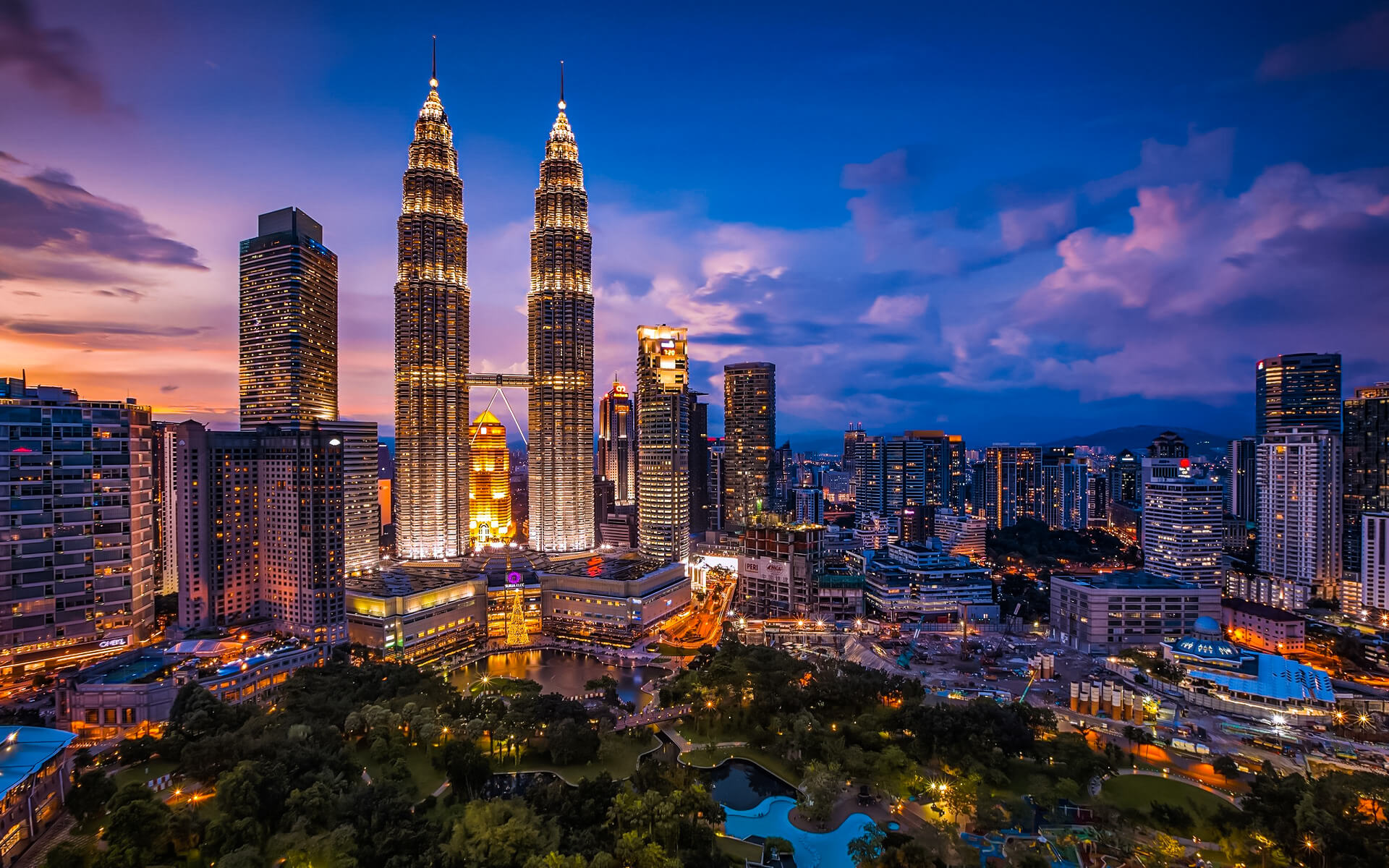Kuala Lumpur, sometimes known as KL by locals, is Malaysia’s national capital and the country’s most populated global metropolis.
In about 150 years, Kuala Lumpur, which literally means “muddy river confluence” in Malay, has developed from a peaceful Chinese tin-mining hamlet to a busy metropolis of roughly 6.5 million (city-property population of 1.8 million).
Kuala Lumpur is a cultural melting pot with some of the world’s cheapest 5-star hotels, outstanding retail areas, even better restaurants, and some of nature’s beauties just an hour away, making it a lively metropolis with much to offer.
The city has a total area of 243 km2 (94 sq mi). In terms of population and economics, it is one of the fastest expanding metropolitan areas in South-East Asia.
Malaysia’s Parliament is located in Kuala Lumpur. The executive and judicial arms of the federal government were originally located in the city, but they were relocated to Putrajaya in early 1999. Some branches of the judiciary remain in the Malaysian capital of Kuala Lumpur. The Malaysian King’s formal house, the Istana Negara, is located in Kuala Lumpur.
Kuala Lumpur, Malaysia’s capital and main city, is rated as an alpha international metropolis and serves as the country’s cultural, financial, and economic center.
Many major sports, political, and cultural events have taken place in the city during the 1990s, including the 1998 Commonwealth Games and the Formula One Grand Prix. Furthermore, Kuala Lumpur is home to the world’s largest twin towers, the Petronas Twin Towers, which have become an iconic emblem of Malaysia’s future growth.
Kuala Lumpur, along with Vigan City, Doha, Durban, Havana, Beirut, and La Paz, was named one of the New7Wonders Cities in May 2015.


